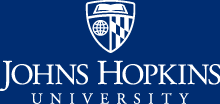Investing in public health
Published Oct 26, 2020America must invest in public health infrastructure rather than private interests if democracy is to be preserved, says physician and health policy expert Joshua Sharfstein
Johns Hopkins UniversityEst. 1876
America’s First Research University







